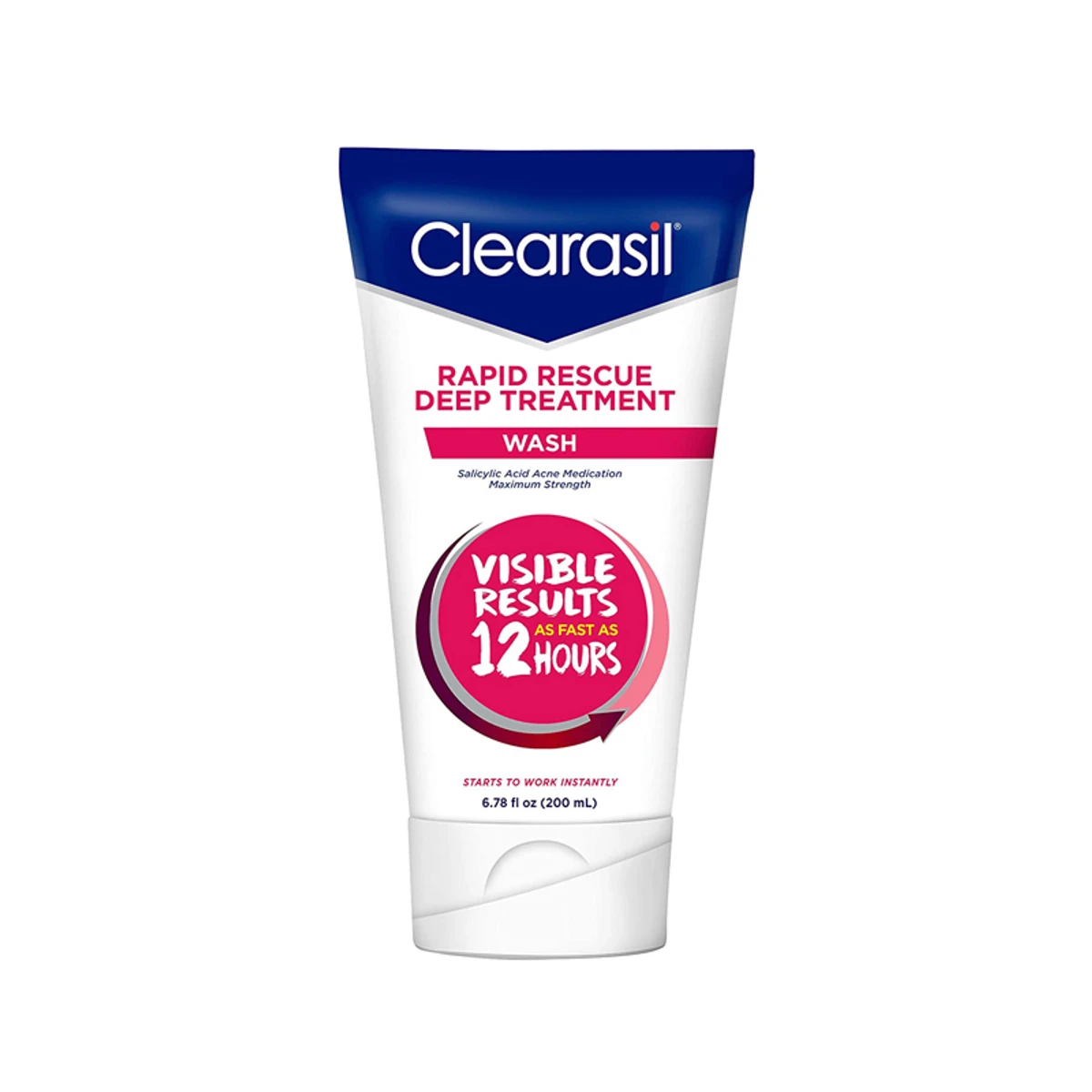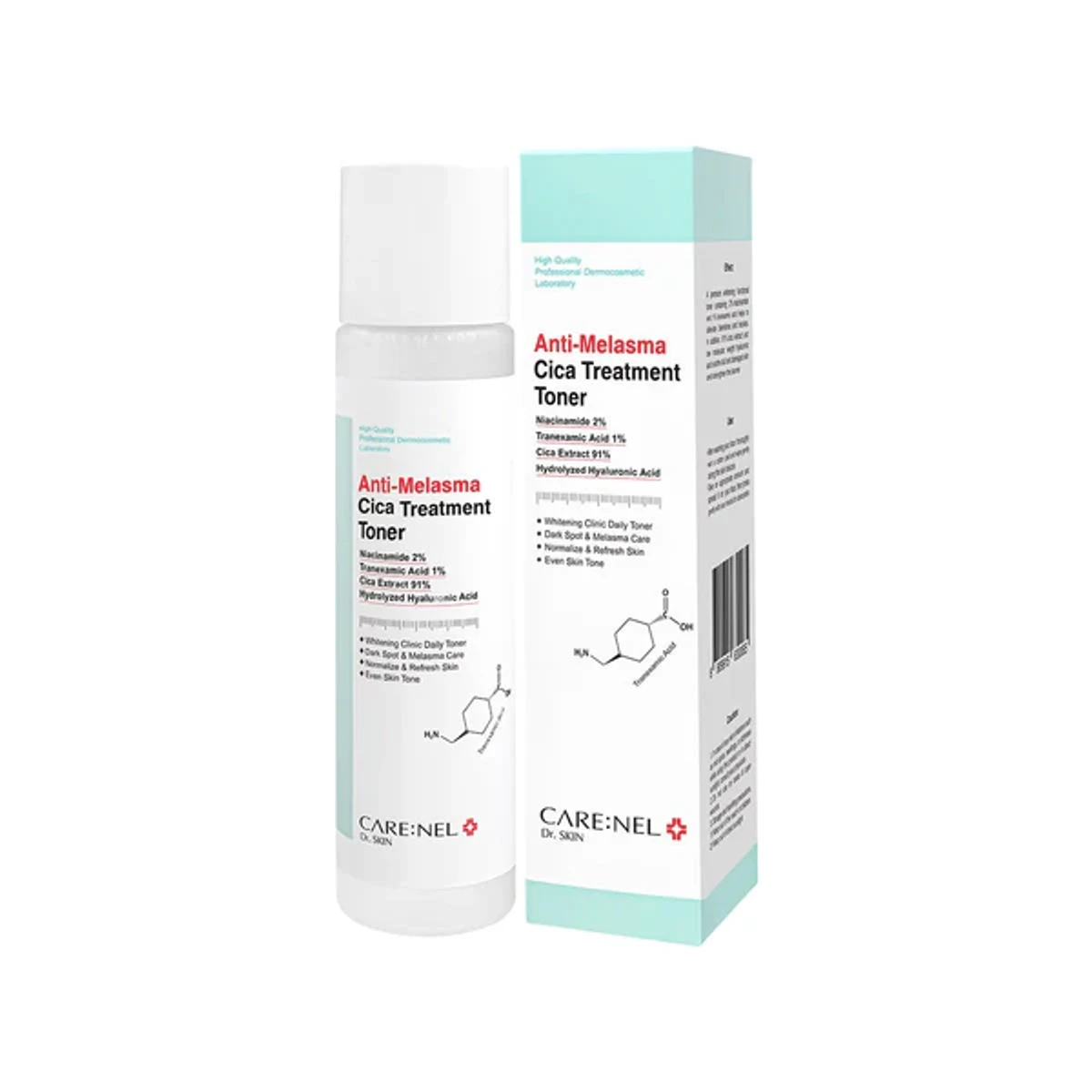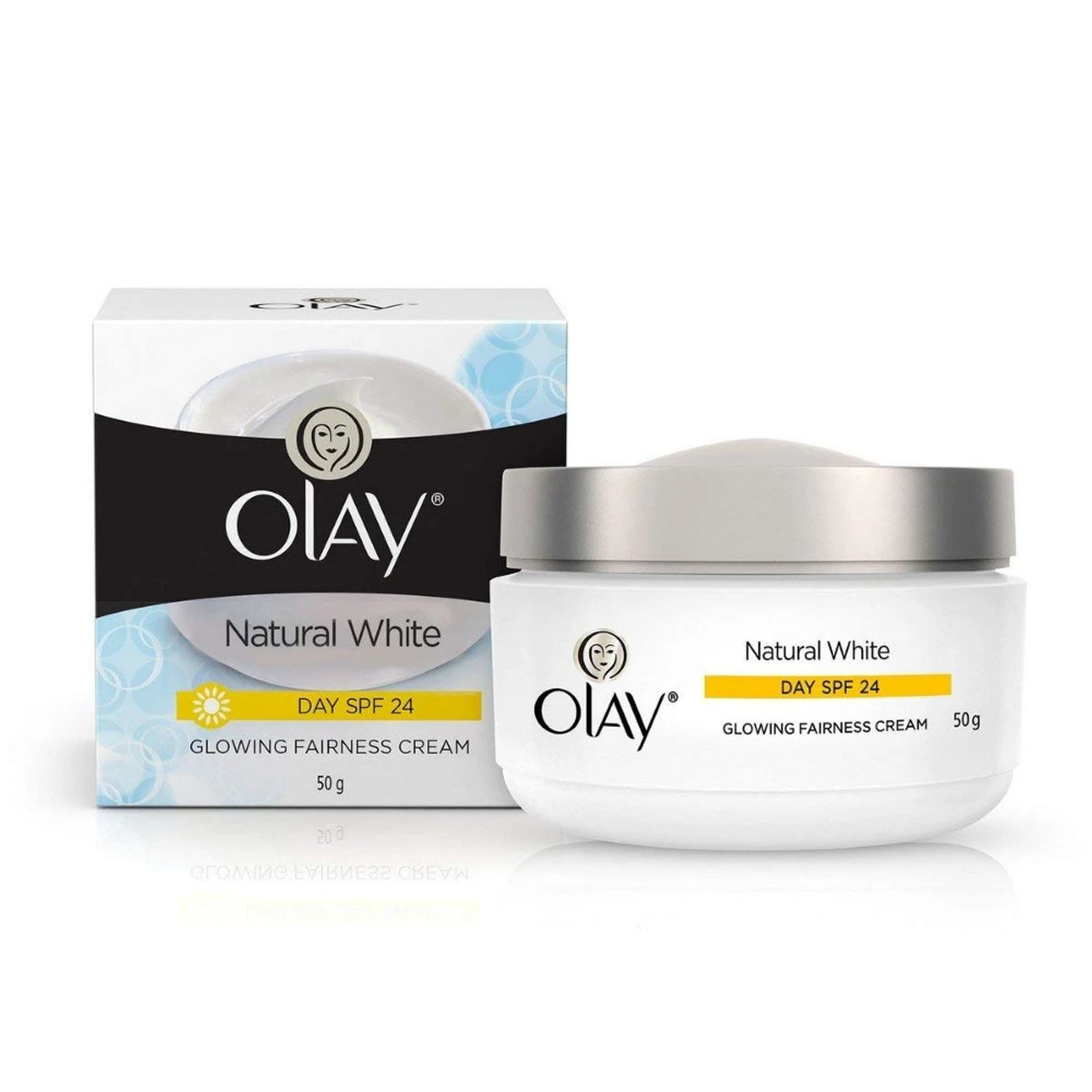Your Cart
:
Qty:
Qty:
About Melacare Cream
Melacare Cream is used to treat melasma (dark brown patch on skin). Melasma, also known as chloasma or mask of pregnancy, is a common skin condition that causes brown patches on the face. It is more common in women than in men. The discoloured (grey-brown) patches occur mostly on the forehead, chin, nose, and cheeks.
Melacare Cream contains three medicines, namely: Hydroquinone (skin lightening or bleaching agent), Mometasone (corticosteroid), and Tretinoin (a form of Vitamin A or retinoids). Hydroquinone belongs to the class of skin-lightening agents that work by decreasing the amount of melanin (a skin pigment) that is responsible for the darkening of the skin. Mometasone belongs to the class of corticosteroids that work by acting inside skin cells and inhibiting the release of certain chemical messengers in the body that cause redness, itching, and swelling. Tretinoin belongs to the class of retinoids (man-made vitamin A) that works by increasing the renewal of skin cells, which helps in the natural exfoliation of the skin’s outer layers.
Melacare Cream is only for external use. Use Melacare Cream as prescribed. Avoid contact of Melacare Cream with nose, mouth, eyes, ears, or vagina. Do not apply on a cut, open wound, or burned skin area. In case Melacare Cream comes in contact with these areas accidentally, rinse with water thoroughly. Some people may experience skin pain, acne, redness, irritation, burning, itching, or stinging sensation of the skin. Most of these side effects of Melacare Cream do not require medical attention and gradually resolve over time. However, if the side effects persist or worsen, please consult your doctor.
If you are allergic to Melacare Cream or any other medicines, please tell your doctor. If you are pregnant, a nursing mother, or planning for pregnancy, it is advised to consult a doctor before using Melacare Cream. Melacare Cream is not recommended for children below 12 years of age. Do not apply Melacare Cream on ulcerated skin or wounds. Avoid sun exposure while using Melacare Cream as it may make the skin more sensitive to sunlight and cause sunburn. Wear protective clothing and use sunscreen while going out to protect your skin from sunburn. Do not cover or wrap the treated area with a bandage unless advised by your doctor. Avoid smoking or going near naked flames as the fabric (bedding, clothing, dressings) that is in contact with Melacare Cream catches fire and burns easily. If you have a sulfite allergy, asthma, rosacea (redness and often red, small, pus-filled bumps on the face), acne, skin thinning, perioral dermatitis (redness and swelling of the skin around the mouth), genital itching, chickenpox, diabetes, cold sores, ulcerated skin, warts, shingles (a viral infection causing painful rash), eczema (itchy, swelling of the skin) or any other skin condition, inform your doctor before taking Melacare Cream.
Medicinal Benefits
Melacare Cream is a combination of three drugs: Hydroquinone, Mometasone, and Tretinoin. Hydroquinone belongs to the class of skin-lightening agents that work by decreasing the amount of melanin (a skin pigment) that is responsible for the darkening of the skin. Mometasone is a corticosteroid that acts inside skin cells and inhibits the release of certain chemical messengers in the body that cause redness, itching, and swelling. When the skin reacts to any allergens, such chemicals are released normally. Tretinoin belongs to the class of retinoids (man-made vitamin A) that works by increasing the renewal of skin cells, which helps in the natural exfoliation of the skin’s outer layers. Also, tretinoin loosens the cells on the skin’s surface and unblocks pores by reducing the production of oil in the skin. Thus, it decreases pimples, whiteheads, and blackheads.
Directions for Use
Melacare Cream is only for external use. Wash the face with mild soap and pat the skin dry. Take a small amount of Melacare Cream on a fingertip and apply on the clean and dry affected area one time a day at night or as advised by your doctor. Avoid contact of Melacare Cream with nose, mouth, eyes, ears or vagina. In case Melacare Cream comes in contact with these areas accidentally, rinse with water thoroughly.
Drug Warnings
If you are allergic to Melacare Cream or any other medicines, please tell your doctor. If you are pregnant, a nursing mother, or planning for pregnancy, it is advised to consult a doctor before using Melacare Cream. Melacare Cream is not recommended for children below 12 years of age. Do not apply Melacare Cream on ulcerated skin or wounds. Avoid sun exposure while using Melacare Cream as it may make the skin more sensitive to sunlight and cause sunburn. Do not cover or wrap the treated area with a bandage unless advised by your doctor. Avoid smoking or going near naked flames as the fabric (bedding, clothing, dressings) that is in contact with Melacare Cream catches fire and burns easily. If you have a sulfite allergy, asthma, rosacea (redness and often red, small, pus-filled bumps on the face), acne, skin thinning, perioral dermatitis (redness and swelling of the skin around the mouth), genital itching, chickenpox, diabetes, cold sores, ulcerated skin, warts, shingles (a viral infection causing painful rash), eczema (itchy, swelling of the skin) or any other skin condition, inform your doctor before taking Melacare Cream.
Disease/Condition Glossary
Melasma: It is also known as chloasma, a common skin condition that causes brown patches on the face. The discoloured (grey-brown) patches occur mostly on the forehead, chin, nose, and cheeks. Melasma may be caused by sun exposure, hormone therapy, pregnancy, birth control pills, thyroid, or even stress. It is more common in women than in men. It may occur in pregnant women, due to hormonal changes during pregnancy and is called a ‘mask of pregnancy and fades away after pregnancy on its own or after stopping the usage of contraceptive pills. It can be treated by using skin-lightening creams, topical steroids, dermabrasion, or chemical peels.
.webp)








































![[iUNIK] Rose Galactomyces Synergy Serum-50ml](https://stx-v3-static-assets.obs.as-south-208.rcloud.reddotdigitalit.com/glowriya/images/products/0c1c4fc8844f414eaf53/1740645268935_f885fc834822f.webp)
![[iUNIK] Rose Galactomyces Synergy Serum-50ml](https://stx-v3-static-assets.obs.as-south-208.rcloud.reddotdigitalit.com/glowriya/images/products/0c1c4fc8844f414eaf53/1740645283041_815VgU4XvsL.webp)
![[iUNIK] Black Snail Restore Serum 50ml](https://stx-v3-static-assets.obs.as-south-208.rcloud.reddotdigitalit.com/glowriya/images/products/a21f2979a7354b36a6ff/1740644443404_29e14b48d1b77.webp)
![[iUNIK] Black Snail Restore Serum 50ml](https://stx-v3-static-assets.obs.as-south-208.rcloud.reddotdigitalit.com/glowriya/images/products/a21f2979a7354b36a6ff/1740644461186_81xHKYx-sTL.webp)



































![[iUNIK] Tea Tree Relief Toner 200ml](https://stx-v3-static-assets.obs.as-south-208.rcloud.reddotdigitalit.com/glowriya/images/products/e429fc6882814cc59552/1740067019236_10bb7958a3c8e.webp)
![[iUNIK] Tea Tree Relief Toner 200ml](https://stx-v3-static-assets.obs.as-south-208.rcloud.reddotdigitalit.com/glowriya/images/products/e429fc6882814cc59552/1740066960297_2.webp)
![[iUNIK] Centella Mild Cleansing Foam 120ml](https://stx-v3-static-assets.obs.as-south-208.rcloud.reddotdigitalit.com/glowriya/images/products/886edc94105449a79681/1740065589324_972b758cdf039.webp)
![[iUNIK] Centella Mild Cleansing Foam 120ml](https://stx-v3-static-assets.obs.as-south-208.rcloud.reddotdigitalit.com/glowriya/images/products/886edc94105449a79681/1740065626867_0smu8EkZ6HT3JsDu6LvwjH5SMLj6dIFcl5J8lUzE.webp)
![[iUNIK] Centella Calming AC Spot Cream 20ml](https://stx-v3-static-assets.obs.as-south-208.rcloud.reddotdigitalit.com/glowriya/images/products/e25d9298425541a088c3/1740064140590_de8332ecf9dba.webp)
![[iUNIK] Centella Calming AC Spot Cream 20ml](https://stx-v3-static-assets.obs.as-south-208.rcloud.reddotdigitalit.com/glowriya/images/products/e25d9298425541a088c3/1740064153579_7ee3484e514267951acba035c1eb0024.webp)
![[iUNIK] Calendula Complete Cleansing Oil 200ml](https://stx-v3-static-assets.obs.as-south-208.rcloud.reddotdigitalit.com/glowriya/images/products/917679d019e6413ea0de/1740062796833_Calendula-Complete-Cleansing-Oil-200ml-VISUAL-2.webp)
![[iUNIK] Calendula Complete Cleansing Oil 200ml](https://stx-v3-static-assets.obs.as-south-208.rcloud.reddotdigitalit.com/glowriya/images/products/917679d019e6413ea0de/1740062824267_iUNIKCalendulaCompleteCleansingOilbd.webp)
![[iUNIK] Beta Glucan Daily Moisture Cream 60ml](https://stx-v3-static-assets.obs.as-south-208.rcloud.reddotdigitalit.com/glowriya/images/products/181928ffeeef48b8afd8/1740061001137_bic8j1714635483974.webp)
![[iUNIK] Beta Glucan Daily Moisture Cream 60ml](https://stx-v3-static-assets.obs.as-south-208.rcloud.reddotdigitalit.com/glowriya/images/products/181928ffeeef48b8afd8/1740061019983_71pf2Am6oiL.webp)














![[I'm From] Vitamin Tree Water Gel 75g](https://stx-v3-static-assets.obs.as-south-208.rcloud.reddotdigitalit.com/glowriya/images/products/d391e65980544f92a157/1739002494852_Im-from-Vitamin-Tree-Water-Gel-75gm-9-600x600.webp)
![[I'm From] Vitamin Tree Water Gel 75g](https://stx-v3-static-assets.obs.as-south-208.rcloud.reddotdigitalit.com/glowriya/images/products/d391e65980544f92a157/1739002549064_fd02f31a-a0a2-40a1-8e0b-4ced1bd7677b.webp)







.webp)








.webp)





.webp)






.webp)






















.webp)
































.webp)



.webp)



























.webp)




.webp)

.webp)






.webp)










.webp)





























-j.webp)

.webp)



































.webp)












.webp)


































.webp)




































.webp)





.webp)











.webp)































.webp)








































